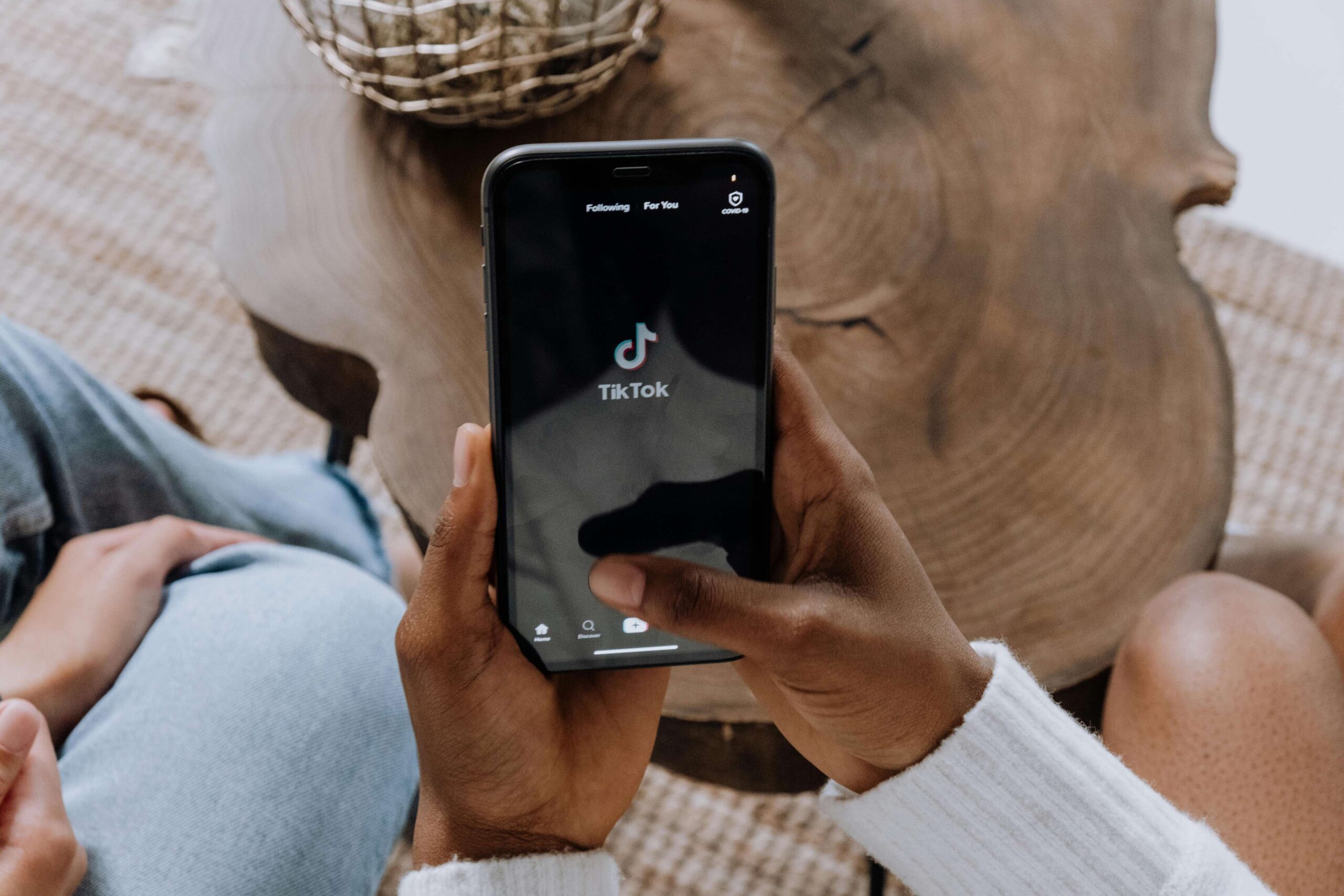It’s a competitive world for Influencers. They face the constant challenge of staying relevant and engaging. A well-organized content calendar is a necessity in this case. It allows influencers to plan their posts strategically, ensuring that their content is not only consistent but also impactful.
By laying out what to post and when, influencers can align their content with upcoming trends, events, and marketing goals, turning spontaneous creativity into a calculated art form. This blog post delves into why establishing a content calendar is crucial and how it can significantly enhance the effectiveness of your digital presence.
Understanding the Basics of a Content Calendar

First things first – what is a content calendar? It is a schedule of when and where you plan to publish upcoming content. It’s a planning tool and a strategic asset for managing your entire content ecosystem across various platforms. The key components of an effective content calendar include the dates of publication, content descriptions, platforms for distribution, and progress tracking elements like status or engagement metrics.
Why is such a tool crucial?
For influencers, maintaining a consistent presence online is vital. A content calendar helps you to organize your posts in advance, ensuring that your content delivery is consistent, well-timed, and aligned with strategic goals like campaign launches or important dates.
It enables you to manage your workload more effectively, avoid last-minute rushes, and keep a steady stream of content that keeps your audience engaged and satisfied. This methodical approach to content management is essential for building a professional personal brand and developing a reliable relationship with your followers.
Setting Your Content Goals
Establishing realistic and measurable goals is essential for any influencer looking to optimize their social media impact. When setting these goals, consider what you aim to achieve with your content on different platforms—be it increasing follower count, boosting engagement rates like shares and comments, or driving traffic to a monetized blog or sponsorship deals. Each goal should be specific, measurable, attainable, relevant, and time-bound (SMART), ensuring that you can track your progress and make adjustments as needed.
Content Types and Themes

Diversifying your content is key to keeping your audience engaged. As an influencer, you have a range of content types at your disposal, from videos and review posts to live sessions and interactive stories. Each format has its strengths—videos are great for tutorials and behind-the-scenes glimpses, reviews can delve deeper into products, and live sessions foster real-time interaction.
Thematic planning is another strategic tool. By planning your content around themes, you can create a consistent and cohesive narrative. Consider leveraging seasonal trends, aligning posts with upcoming holidays or events, or focusing on evergreen topics that continually resonate with your audience. This approach not only streamlines your content creation process but also ensures that your content remains relevant and engaging throughout the year.
Tools for Calendar Management
Managing a content calendar can be streamlined with the right tools, making it easier for you to plan and schedule your content effectively. Here are some popular tools that influencers use:
- Trello: This visual tool uses cards and boards to organize tasks and schedules, making it ideal for managing content calendars. It’s intuitive and flexible, allowing for easy collaboration if you work with a team.
- Asana: Known for its task management capabilities, Asana helps influencers keep track of deadlines and deliverables. It’s great for those who handle complex schedules across multiple platforms.
- Google Calendar: For those who prefer a straightforward, no-frills approach, Google Calendar can be an effective tool. It allows you to set reminders for upcoming posts and integrate with other Google services.
Pros and Cons:
- Trello is highly visual and intuitive but might lack some of the more advanced project management features found in other tools.
- Asana offers comprehensive features but can be overwhelming for beginners due to its complexity.
- Google Calendar is simple and integrates well with other tools, but it might not be sufficient for those who need more content-specific functionalities like social media integration.
Each tool has its strengths and limitations, so consider what aspects of content calendar management are most critical to your workflow before making a decision.
Integration with Marketing Campaigns
If you are looking to maximize the impact of your efforts consider integrating your content calendar with broader marketing campaigns. This alignment ensures that your content supports and amplifies your marketing objectives, whether you’re presenting new products, entering collaborations, or running contests and giveaways.
Start by mapping out your major marketing campaigns throughout the year. This could include product launches where you might preview items before they’re available, share behind-the-scenes, or post-launch reviews. For collaborations, consider how you can introduce your partners through teaser posts, interviews, or joint live sessions that build anticipation and engagement.
Special promotions like seasonal sales or holiday specials also need to be planned in advance. Think about how you can create buzz with countdowns, sneak peeks, and exclusive reveals to your followers.
Tips for Flexibility and Adaptation
Sometimes sticking too closely to your content calendar can box you in, making it tough to jump on fresh trends or spontaneous moments. It’s important to maintain some flexibility in your planning to capitalize on these moments without compromising the overall quality of your content.
First, allocate slots in your calendar for spontaneous posts. This could be a set day each week or several days throughout the month where you can address trending topics or participate in viral challenges that align with your personal brand.
When unexpected opportunities or necessary changes arise, having a process in place for quick adjustments is crucial. Ensure that you have templates or go-to formats that you can quickly adapt. This helps maintain consistency and quality, even when making last-minute changes.
Additionally, keep a backlog of evergreen content ready that can be published at any time. This reserve becomes invaluable when you need to shift your scheduled posts to accommodate something timely or when you simply need more time to perfect a particular post.
Staying adaptable not only keeps your feed relevant but also shows your audience that you’re up-to-date and engaged with current trends and events, enhancing your relatability and appeal.
Conclusion
Keeping your calendar in tip-top shape is way more than just keeping your ducks in a row.. It seriously ramps up how you connect with your audience and keeps the day-to-day hustle smoother.
By planning your posts, you can ensure a consistent flow of content that resonates with your followers, aligns with key marketing dates, and supports your overall brand strategy.
Whether you’re just starting out or looking to refine your existing approach, now is the perfect time to embrace the power of a content calendar.
Grab our Influencer Starter Kit and access a content calendar template to get started.











